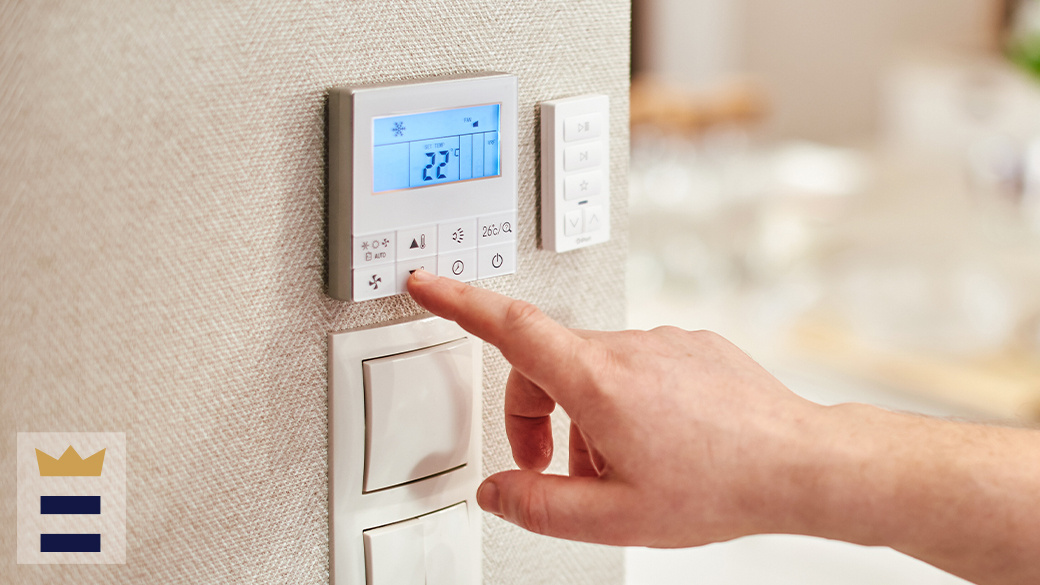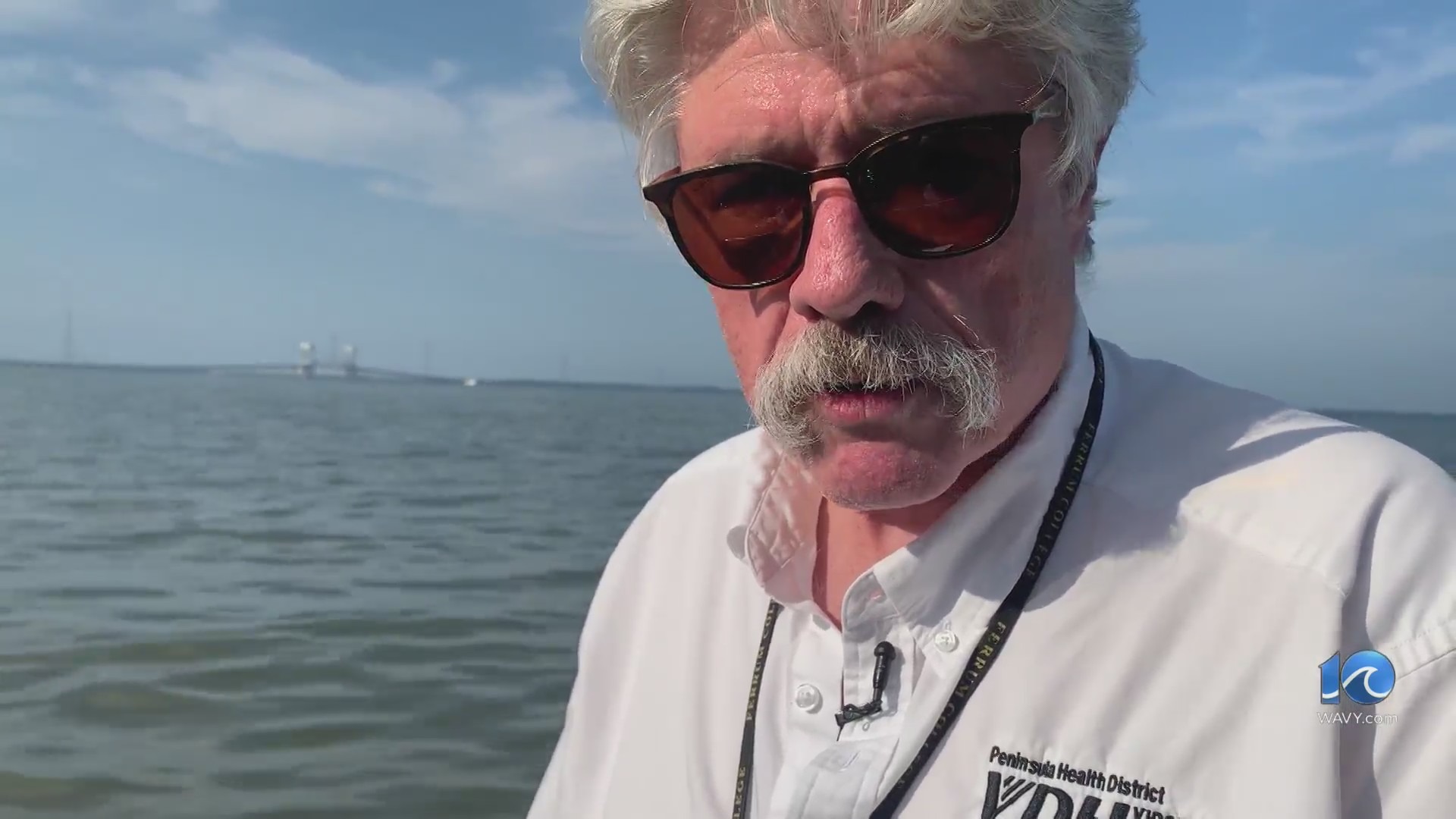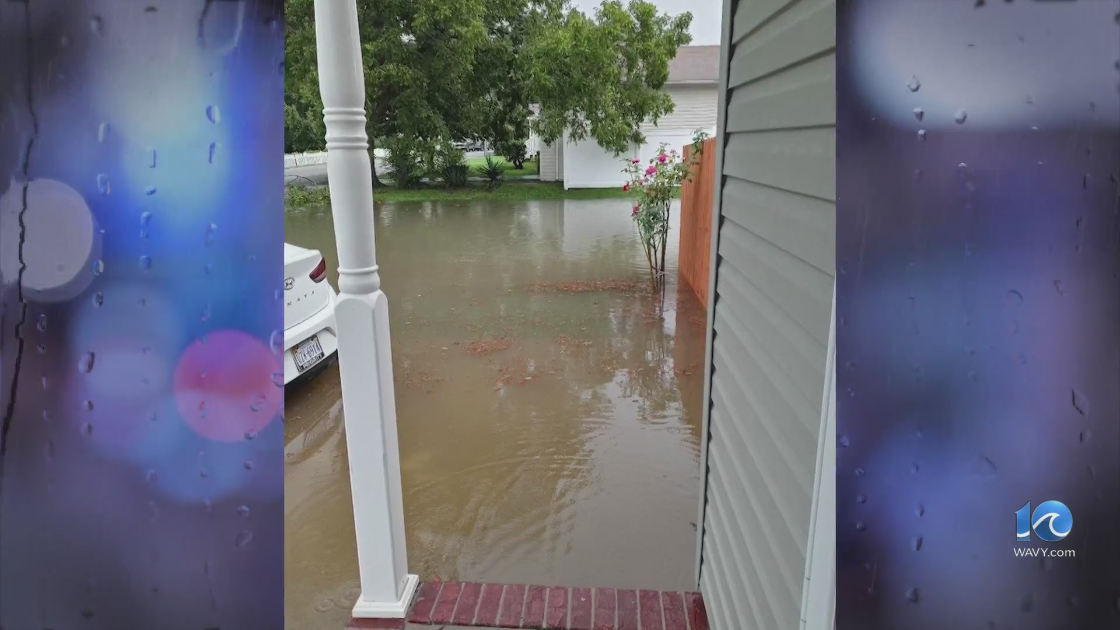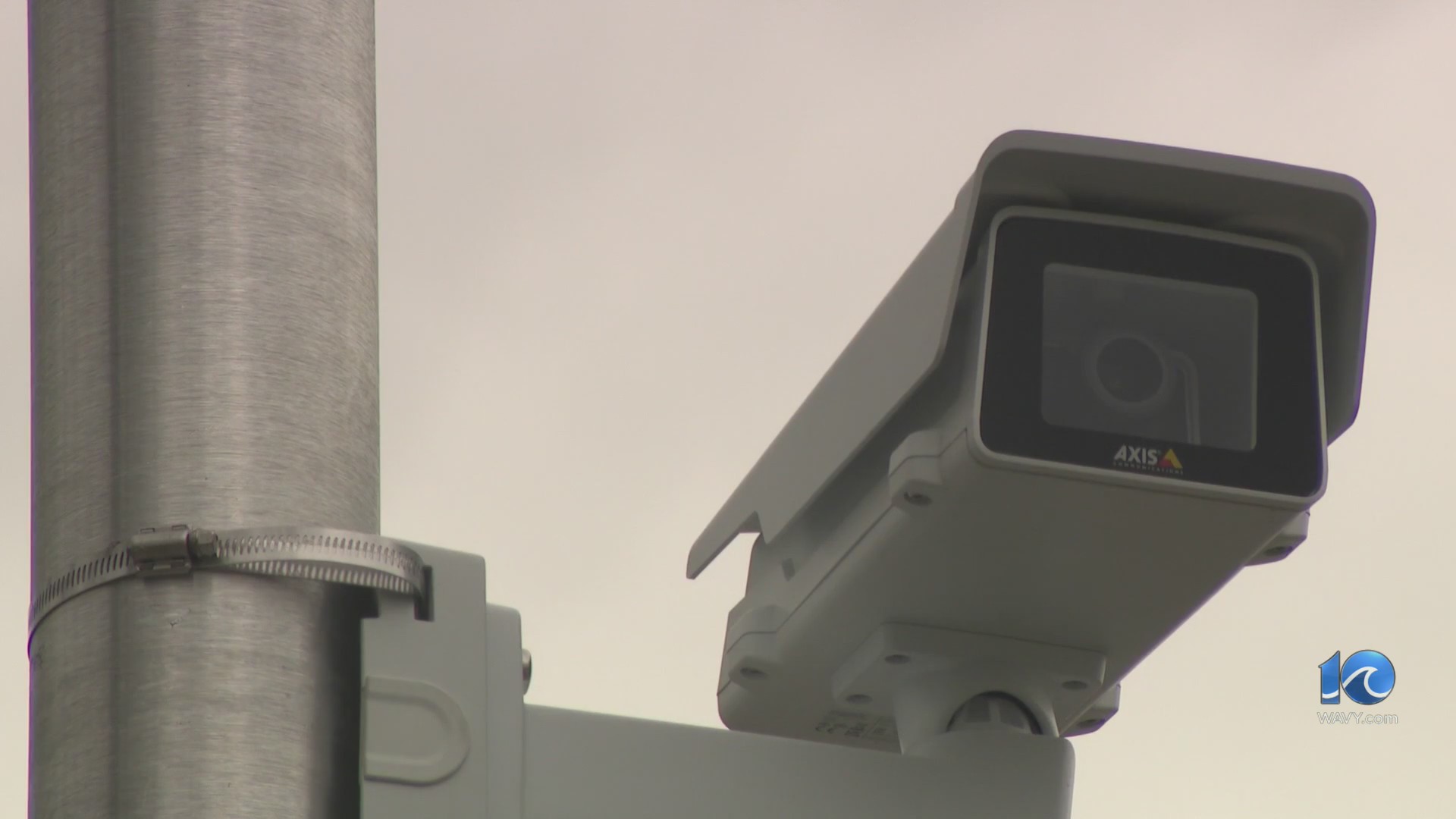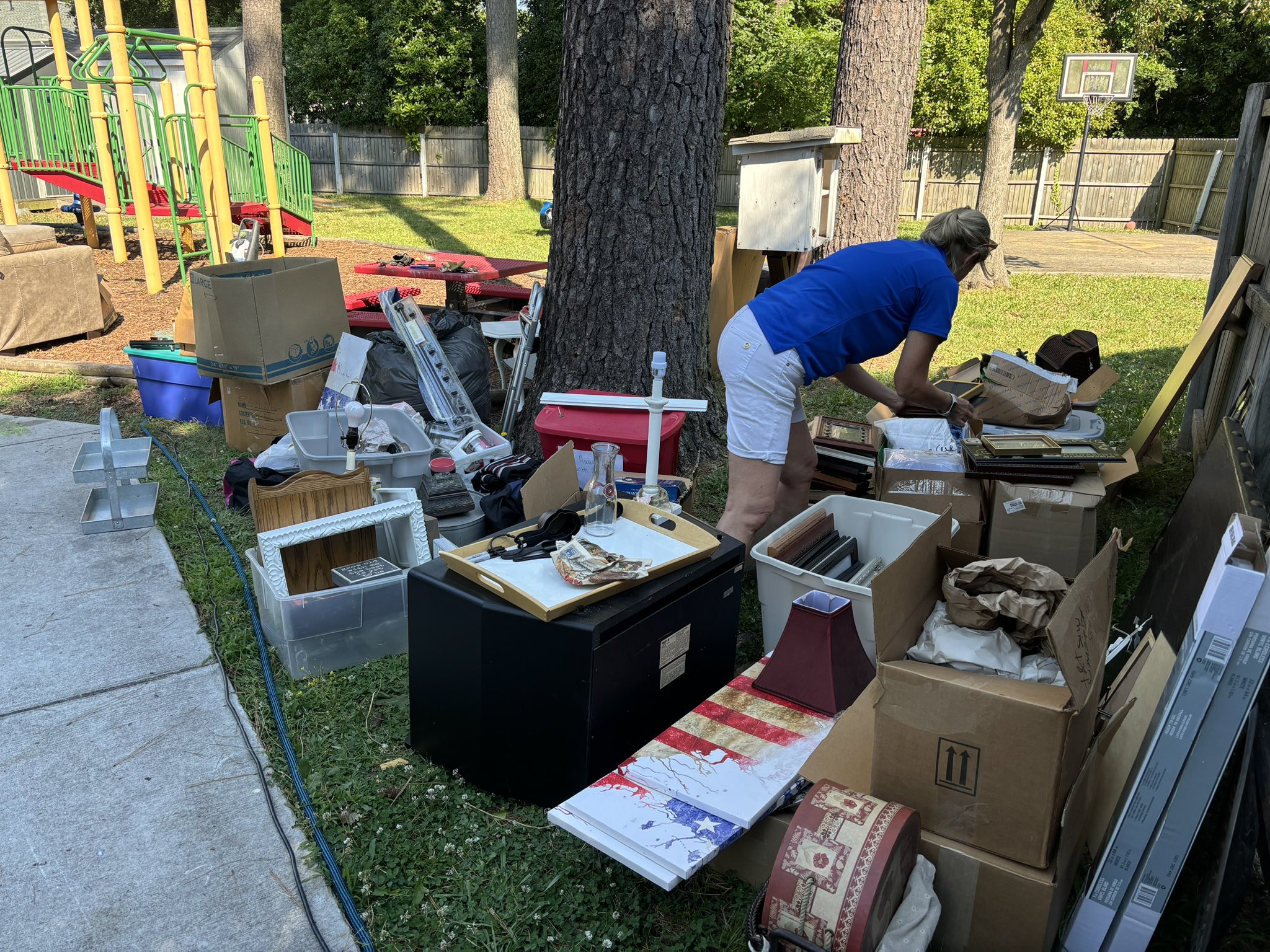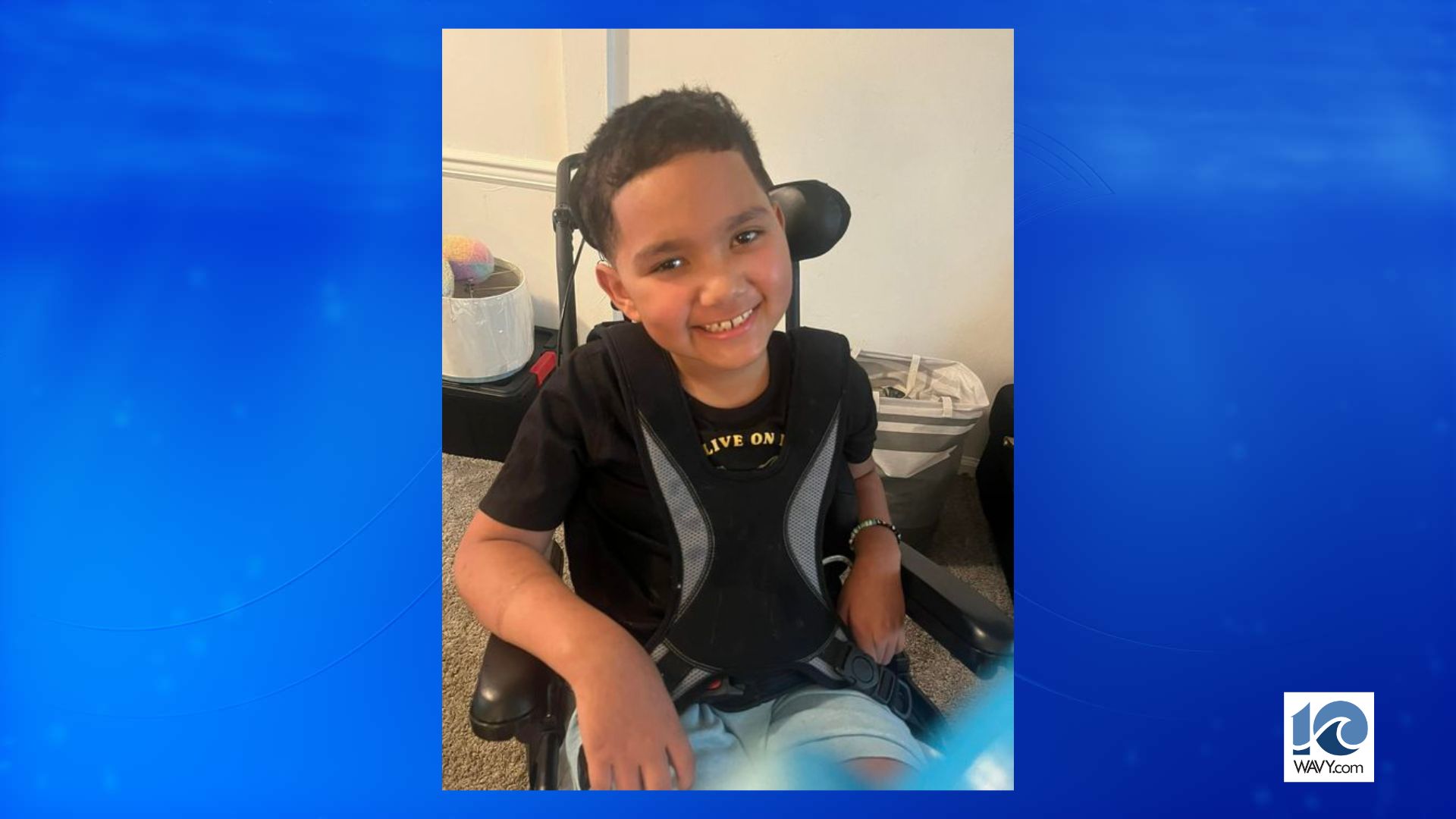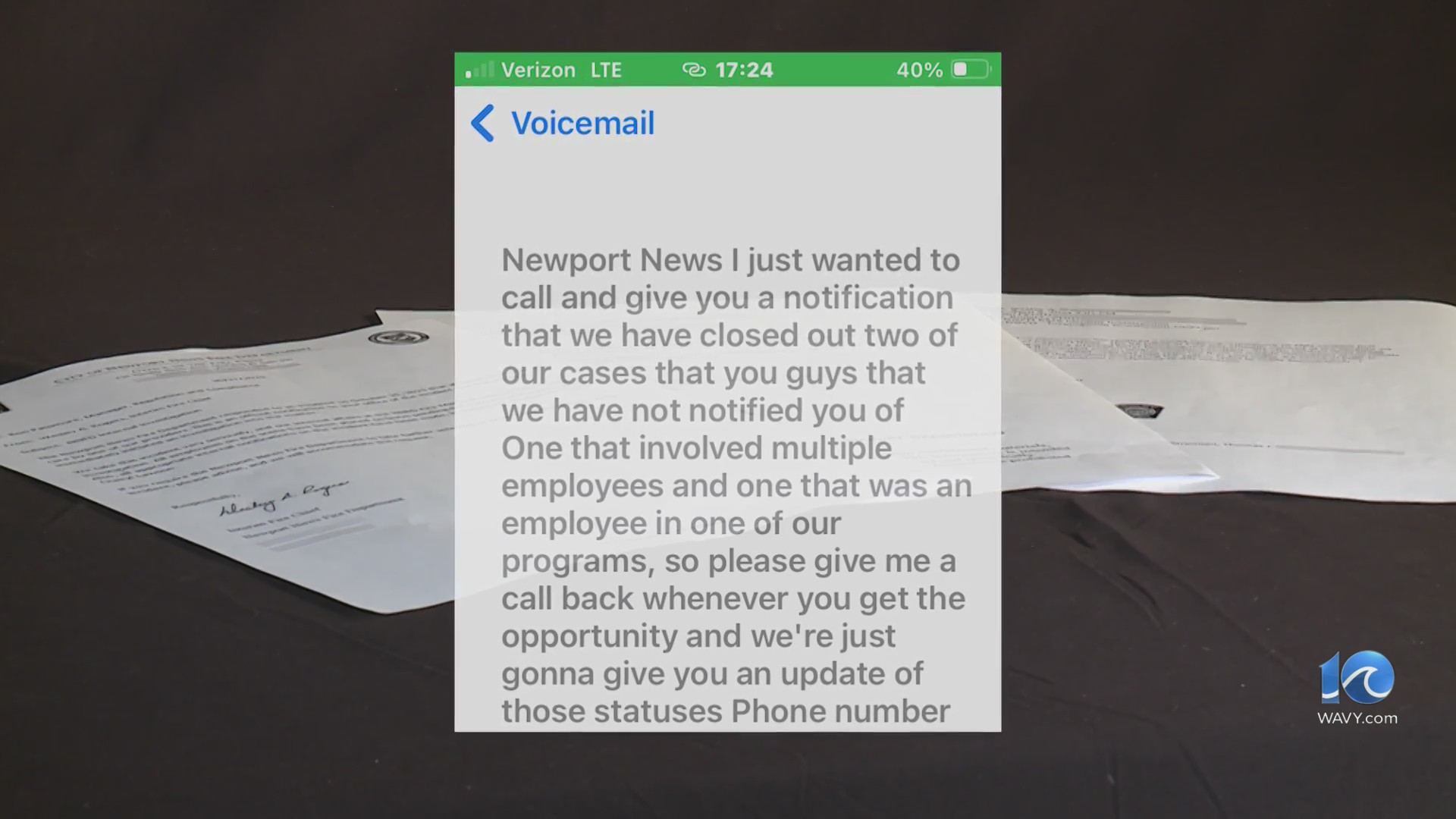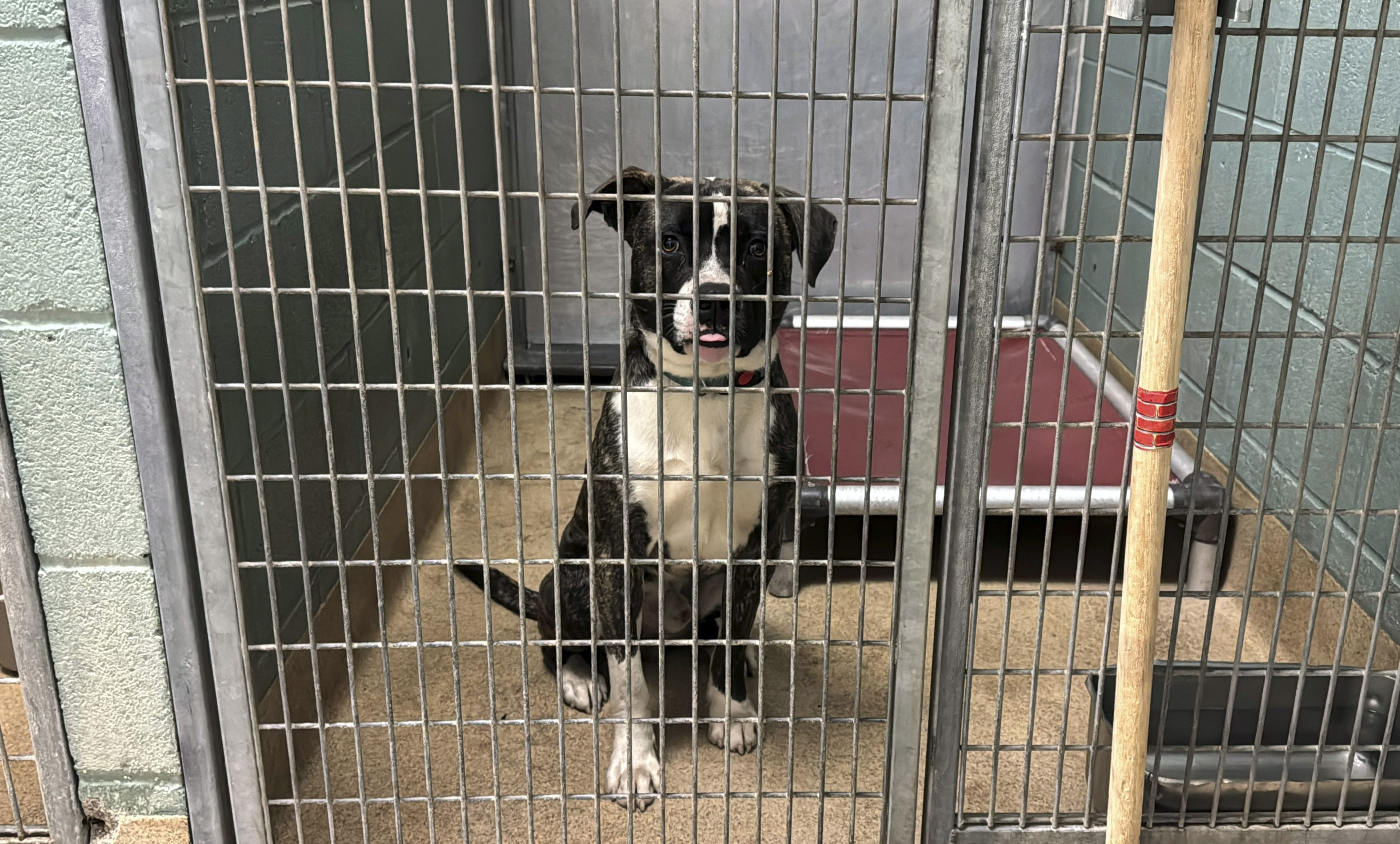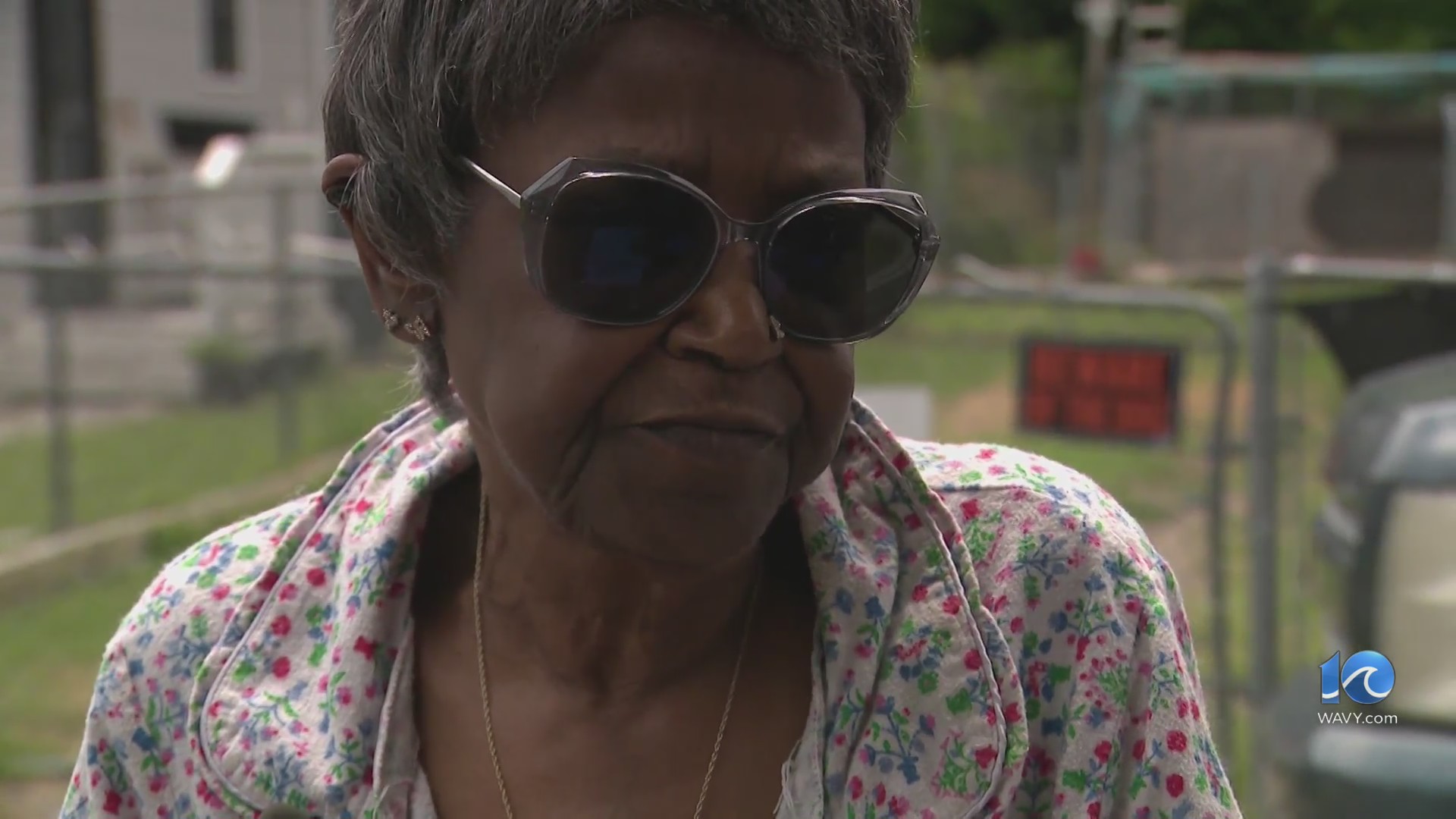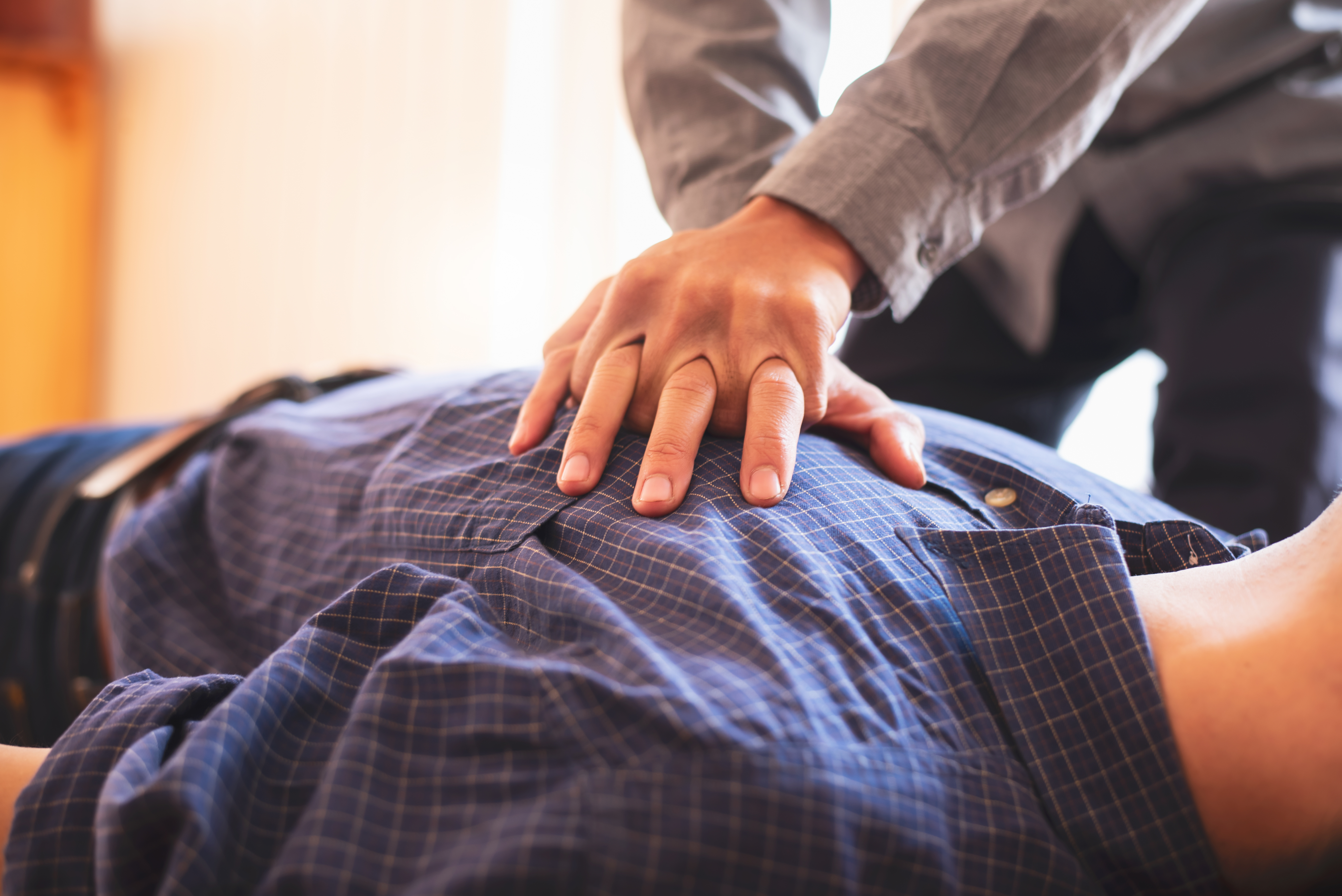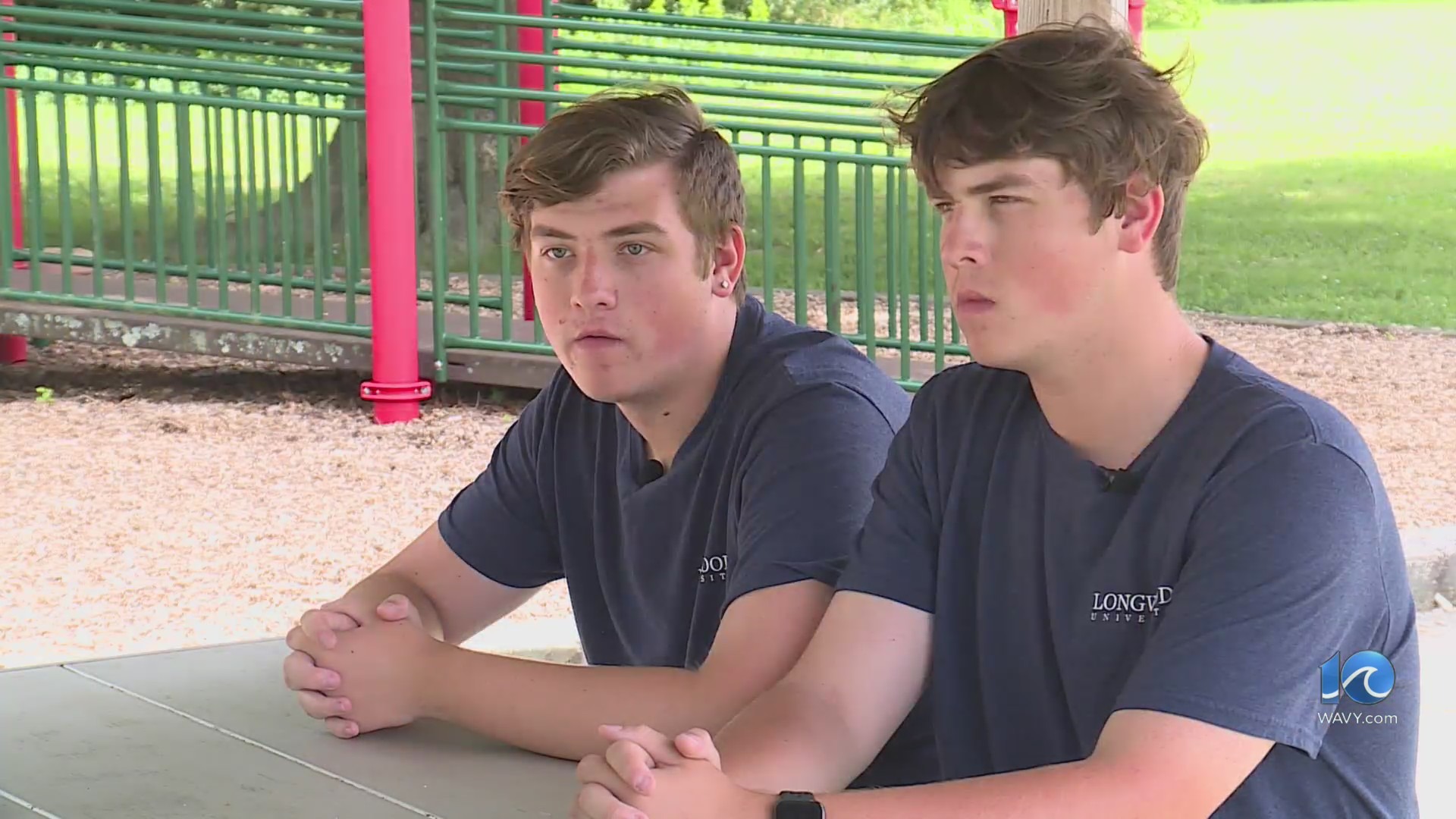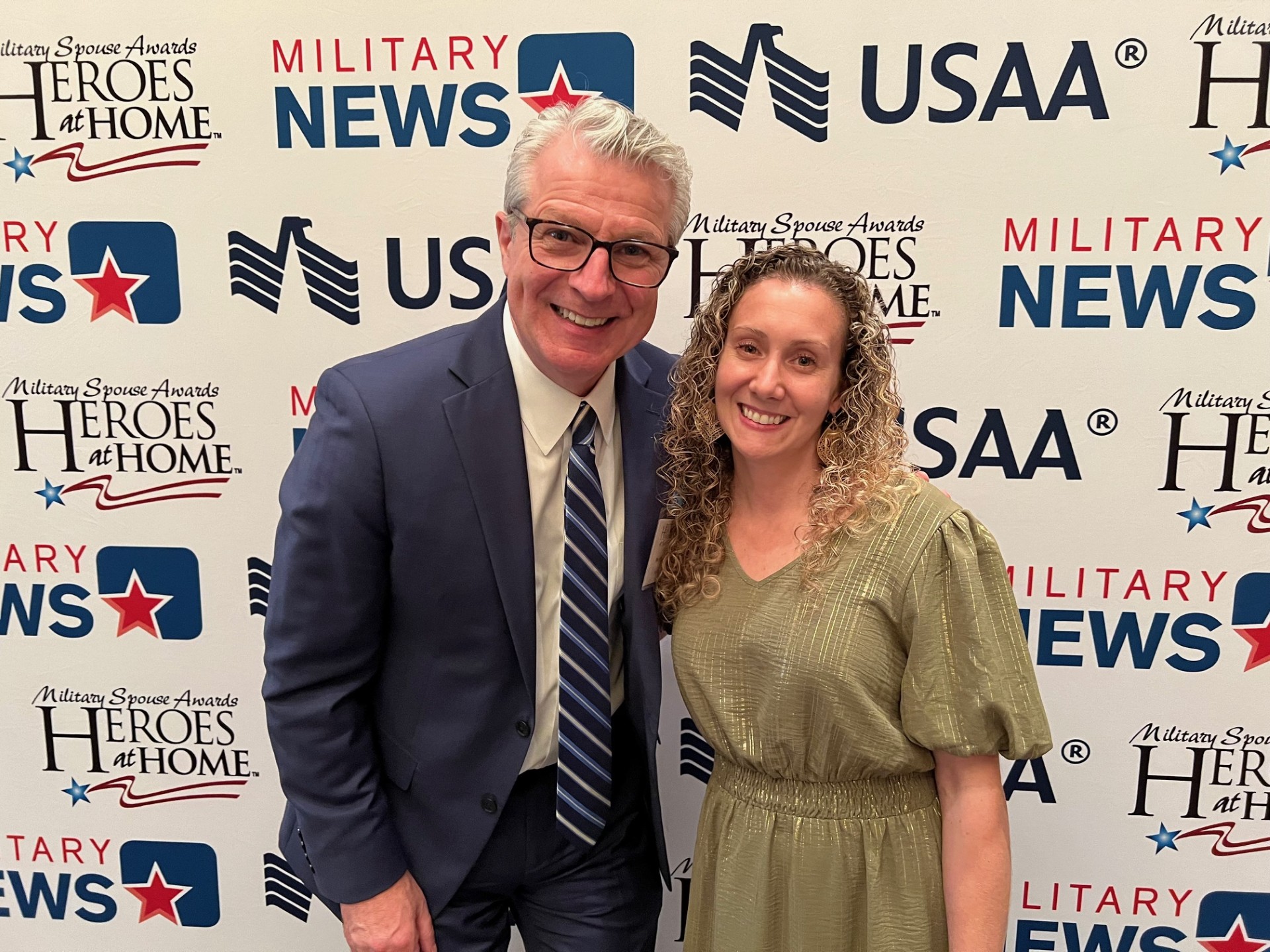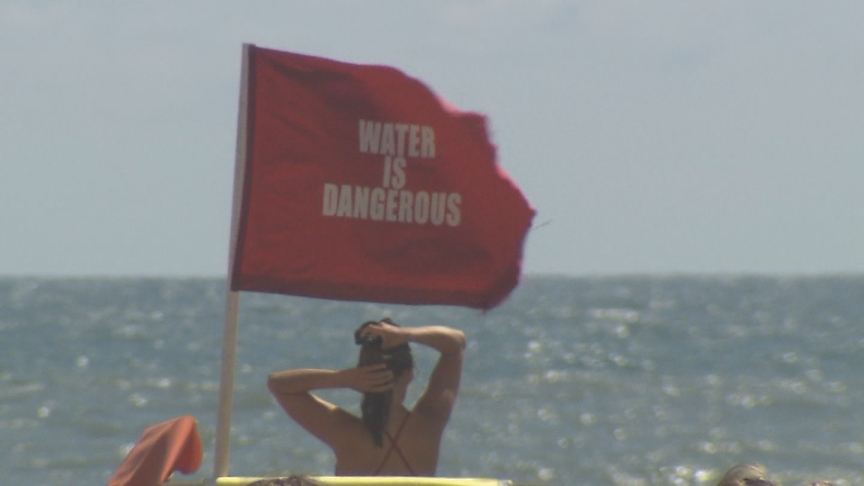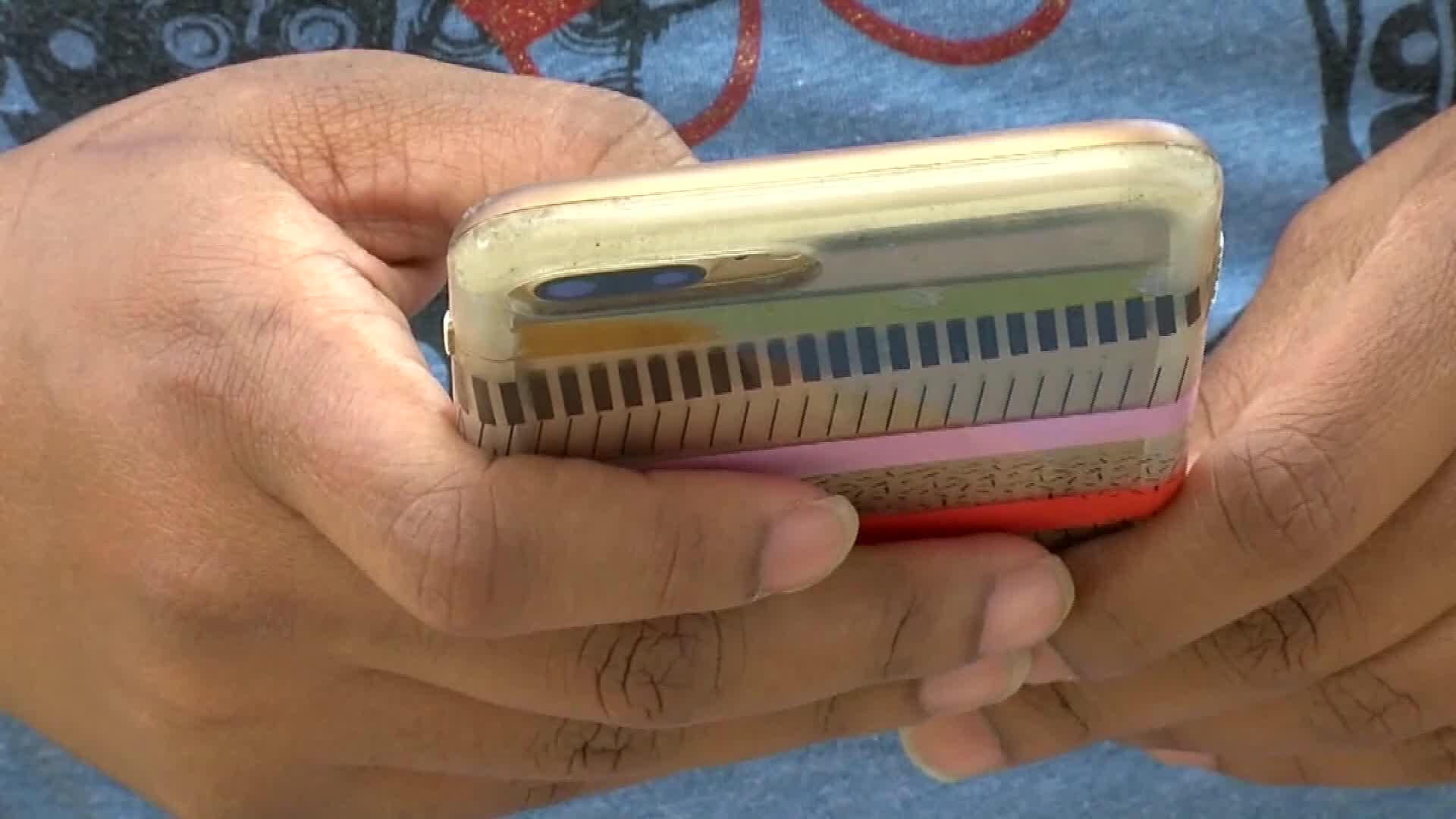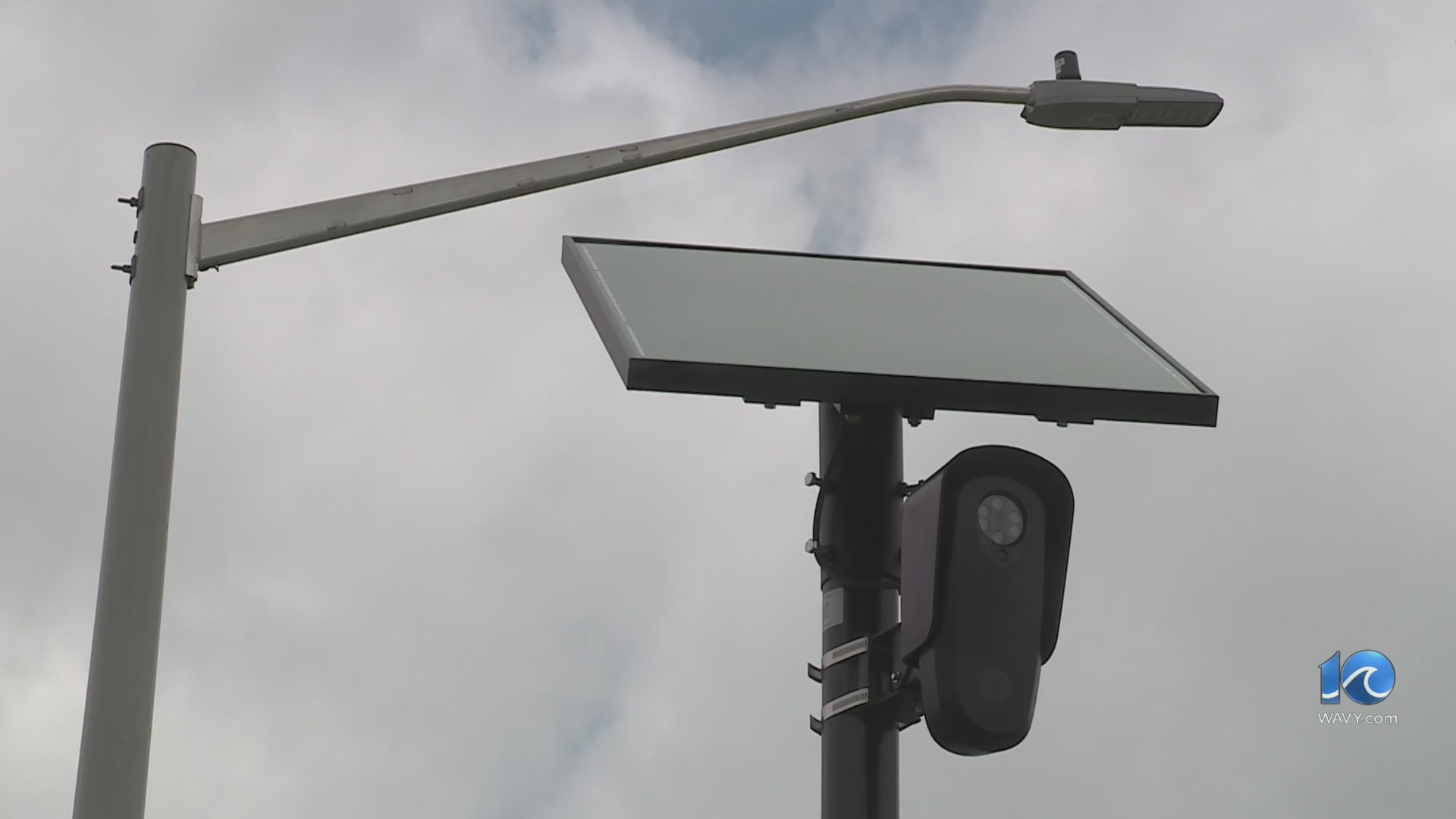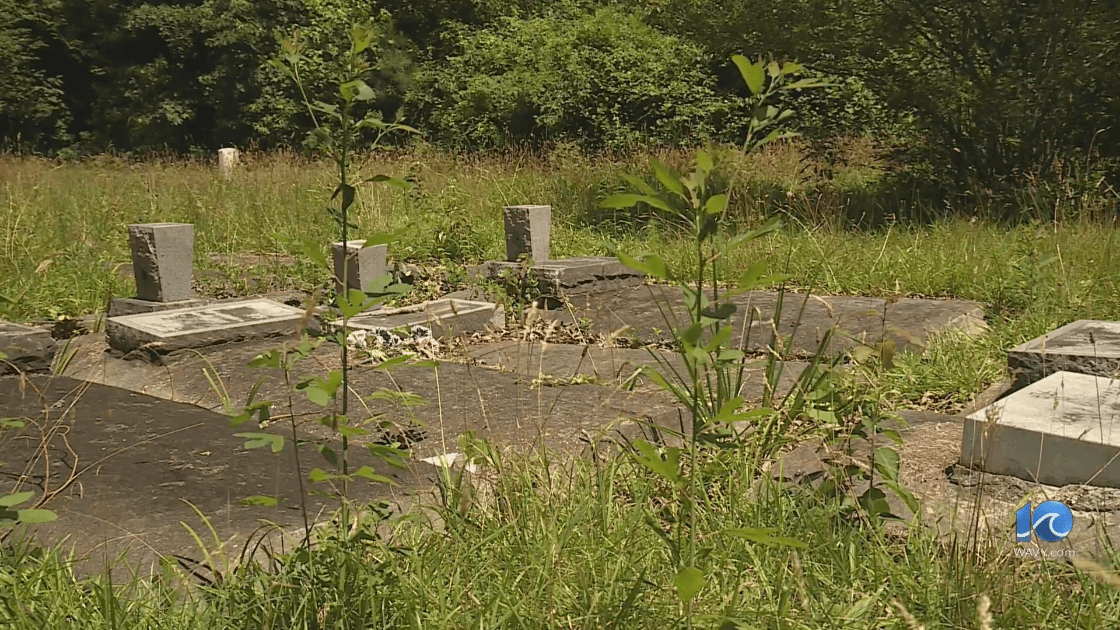KILL DEVIL HILLS, N.C. (WAVY) – It is a beautiful day here on the Outer Banks.
The sun is shining.
The waves are rolling in.
And officials with Outer Banks Ocean Rescue want you to know how to avoid hazardous situations – all so you can enjoy the sun, the sand and the surf.
The surf is up and mother Kasey Nicholson keeps a close watch of her two kids. When at the beach, there is never a relaxing moment.
“You are always on the go whether you want to walk and find seashells,” Nicholson said. “They want to swim, and you want to be right down her with them. I don’t personally let mine go out far, even with life jackets on.”
Keeping a watchful eye on his children, dad Kevin Secrist finds a spot on the beach near lifeguards.
“Actually, it is good for them,” Secrist said, “because we tell them where the lifeguard is, it is like a landmark for them, so if they get lost and they get confused they can go up there. We can find them there.”
If you have a question about the area you are in, talk to a lifeguard. They are the experts on the area you are in. They are your local resource.
“If you are swimming near a lifeguard, your chance of having a bad day at the beach is less than one in eighteen million,” said David Elder, supervisor of Kill Devil Hills Ocean Rescue. “That’s a huge statistic, and by a bad day, I mean a bad outcome.”
Water conditions can change quickly. Red flags are warning signs of dangerous waters. But sometimes there are no warnings, and you could get caught up in a rip current.
“They are extremely fast, faster than an Olympic swimmer,” said Erik Heden with the National Weather Service. “They do not pull you under, they pull you out. They are very hard to identify, and they often occur with the best weather.”
And when leaving the beach, clean your area and leave only your footprints.
So before heading to the beach and crossing over the dunes, be informed, know your location, know the weather, and if you have any questions ask a lifeguard.
